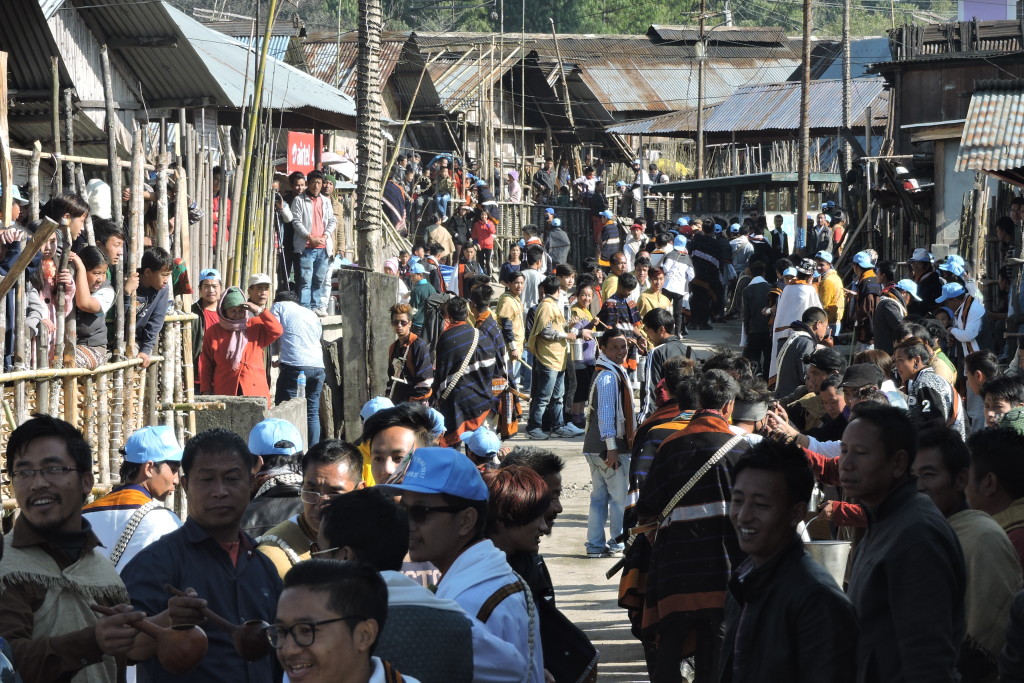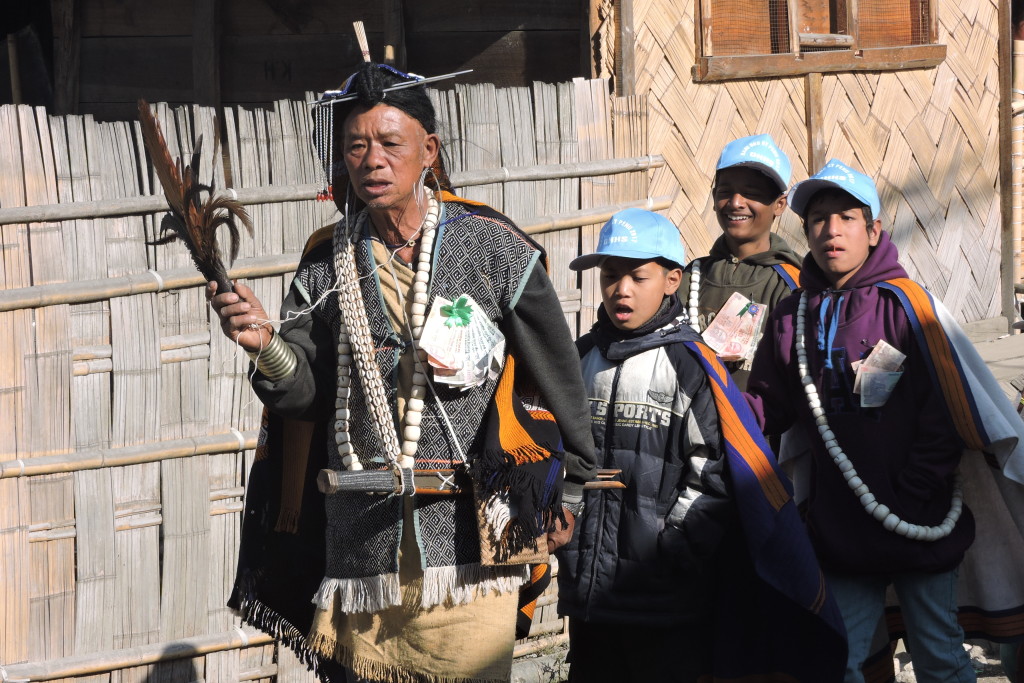Cultural Mapping of Apatani Tribe, Arunachal Pradesh
The state of Arunachal Pradesh in India is a land of diverse ethnic communities and cultures. It hosts at least 26 major tribes and several hundred sub-tribes and is said to be the most linguistically rich state in the country with over 90 different dialects. Arunachal Pradesh largely remains on the fringe of mainstream documentation and study as a result of its remote location, difficult terrain and an inaccessible topography. Thisstudy looks at one particular tribe in the state, the “Apatanis” whose crafts, traditions, beliefs and skills have survived over centuries but are now threatened by the effects of modernity, globalization and cultural assimilation.
The Apatanis are found in the Subansiri District of Arunachal Pradesh. The District is named after the Subansiri River, atributary of the Brahmaputra. The Lower Subansiri District presents a mosaic of various different cultural traditions of the many tribes that live there. It is divided into three sub-divisions, namely Ziro, Raga and Yachuli. The Apatanis are mainly found in the Ziro valley which is also known as the Apatani valley. The valley has very fertile land and is covered with bamboo groves and dense blue pine trees. Besides the Apatanis we also find the Nyishi, Hill Miri and Tagin, and interaction amongst these tribes has resulted in the formation of a unique mega-cultural landscape in the region.
People of the Apatani tribe identify themselves as Tanii. Like the other tribes in the region, the Apatanis claim to be the descendants of the legendary ancestor Abo-Tani. They believe in the Donyi Polo, the worshipper of the Sun and Moon, and also in numerous sylvan deities. A small number of Apatanis also converted to Christianity over the years. It is important to note that the Apatanis do not have a script of their own and their material culture, made out of wood and bamboo, is easily perishable. In a scenario where there is no written script or archaeological findings to be preserved, it becomes necessary to understand the intangible cultural heritage which is still being orally transferred from generation to generation by members of the tribe. These oral narratives have been documented so that their traditional practices such as rituals, knowledge systems, festivals, traditional crafts and ethnic cuisine can be preserved for the posterity.



















